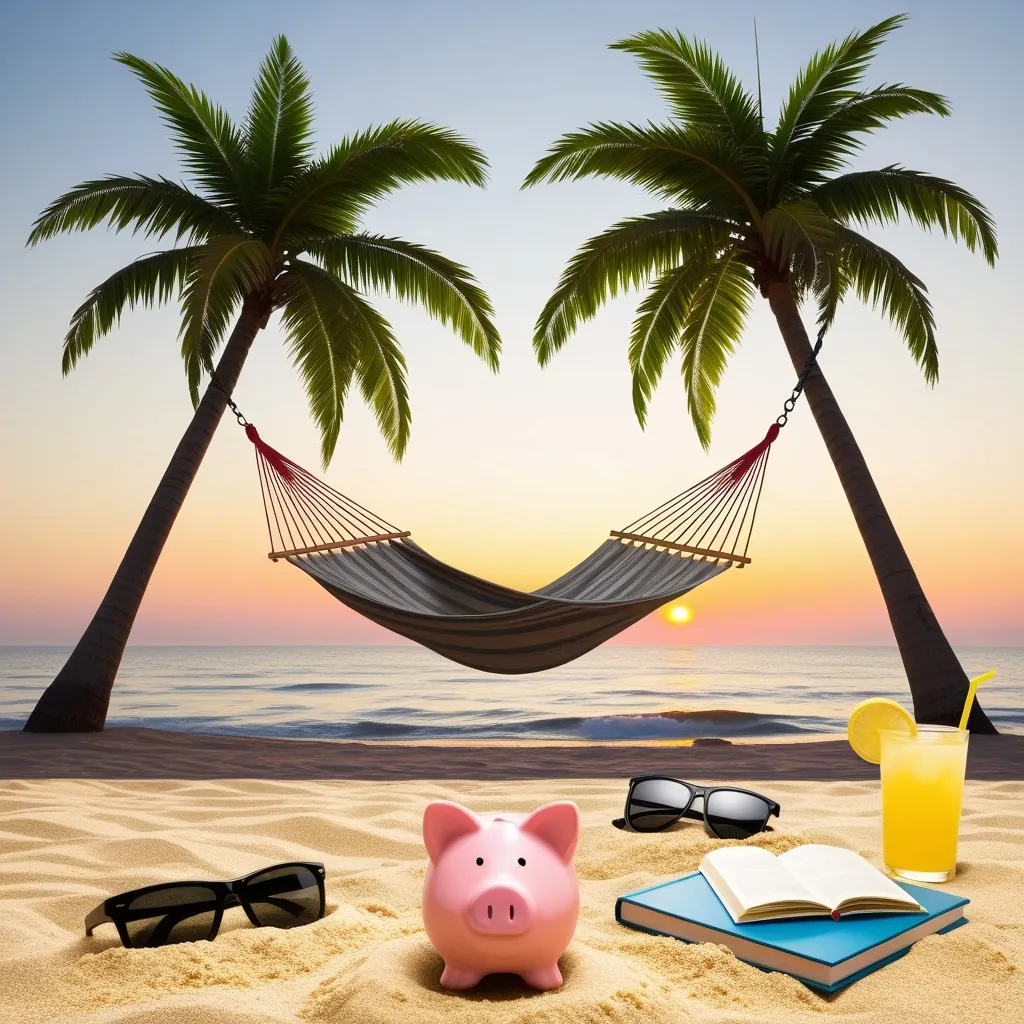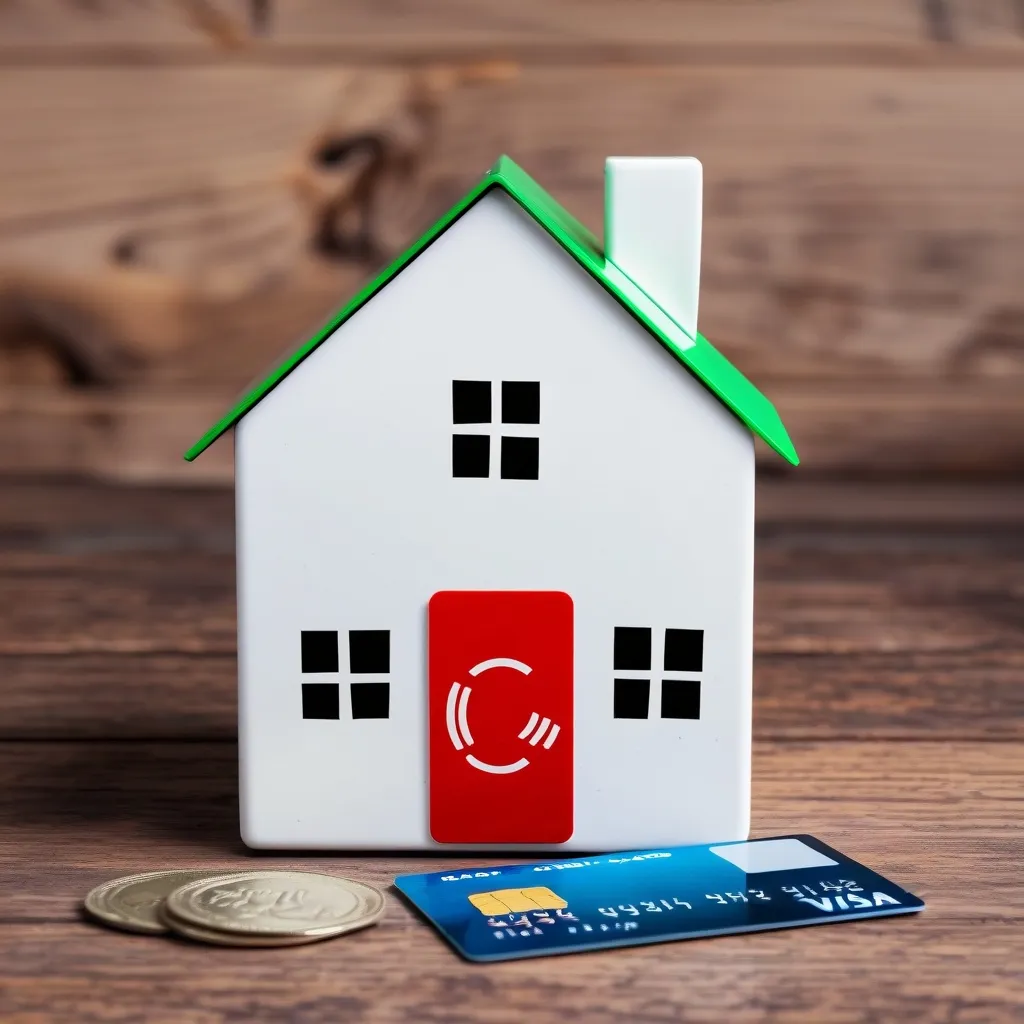Bankruptcy. Even the word itself can stir up a whirlpool of stress and fear. But instead of seeing it as the end of your financial world, think of it as a fresh start—a new beginning with lessons under your belt. The road to financial recovery after declaring bankruptcy isn’t a bed of roses, but with some patience, discipline, and a solid plan, you can bounce back. Let’s take a laid-back yet insightful stroll through what it takes to get back on your financial feet.
First things first, you’ve got to get a solid grip on your current financial situation. This means sitting down, maybe with a cup of coffee, and assessing everything—your earnings, expenses, assets, and debts. Picture this as a financial detox. Make a realistic budget that highlights every single dollar you make, where it’s supposed to go, and tuck away a bit for savings or those pesky emergencies. This budget will be your financial compass.
It’s super important to wrap your head around the type of bankruptcy you filed. There are mainly two types that people go through: Chapter 7 and Chapter 13. Chapter 7 feels like a financial reset button—liquidating your non-exempt assets to pay off debts, while most unsecured debts get discharged. On the other hand, Chapter 13 is about playing the long game—you keep your assets but repay debts over three to five years. Knowing your bankruptcy type helps tailor your recovery game plan.
Next up, take a peek at your credit report. Post-bankruptcy, this step is as crucial as a morning coffee for some folks. Grab your credit reports from the big three—Experian, Equifax, and TransUnion—because hey, thoroughness counts. Look for any slip-ups or errors—make sure all the debt included in the bankruptcy is marked “discharged in bankruptcy” with a zero balance. Shoot a dispute to correct any wrong info, as that could keep your credit score in the gutter for longer than necessary.
Rebuilding your credit is like rebuilding trust in a relationship—it takes time and the right moves. Start small with a secured credit card or perhaps a credit-builder loan. Use them wisely. Make those little purchases and pay off the full balance each month. This shows you’re back in the financial game for real and your credit score will slowly nod in approval.
An emergency fund should be your new best friend. Aim to stack up enough cash to cover three to six months of living expenses. This isn’t just a boring piece of advice—the reality is, it’s a lifeline. Put away a tiny slice of your income regularly, and soon, you’ll have a buffer for those unplanned car repairs or surprise medical bills.
Now, about managing new credit—this is a delicate dance. Don’t overburden yourself with too much debt too soon. Keep an eye on your credit utilization rate—basically, don’t max out those credit cards. This discipline helps you avoid falling back into the same pits that nudged you toward bankruptcy in the first place.
Sometimes navigating through this phase feels like walking through a financial maze blindfolded. That’s where a reputable credit counselor or financial advisor comes into play. They’re like guides who can help craft a realistic plan, tackle challenges, and share personalized advice. Think of them as a mentor you really need at this point.
Education is empowering. Dive into personal finance articles, listen to podcasts, maybe even join a course or two. The smarter you are about money, the better decisions you’ll make. Knowledge truly is power—especially when it comes to avoiding past financial missteps.
Securing a steady job or income stream is like laying down solid paving stones on your path to recovery. If you’re stuck in unemployment or a dead-end job, think about brushing up your skills or pursuing further education. A better income means more resources to meet financial obligations, save, and maybe even invest.
Goal setting is critical here. Start with short-term goals like clearing a specific debt or reaching a savings milestone. Long-term goals might be buying a home, setting up a retirement fund, or saving for your kids’ education. Break these down into bite-sized tasks and celebrate wins, no matter how small. It’s about the journey as much as the destination.
Sometimes, the emotional toll can be just as daunting as the financial strain. Surround yourself with supportive family, friends, or even join a community group. The encouragement you get can be a powerful motivator and provide emotional fortitude to keep pushing forward.
After bankruptcy, beware of high-interest products and scams—those traps can be financial quicksand. Steer clear of offers that seem too good to be true. Predatory lenders are out there, so it’s crucial to scrutinize all such offers before considering them.
Maintaining a stable home and job can’t be overemphasized. Stability in these areas forms the backbone of your financial recovery, helping maintain a positive credit history over time. Again, this contributes to long-term financial health.
Let’s be real—recovering from bankruptcy is tough. It demands a lot from you—a change in lifestyle, a stricter budget, and unyielding perseverance. But if you stay determined, stick to smart strategies, and maintain the right mindset, you’ll navigate these stormy waters. It’s not about a quick fix; it’s about consistent, incremental progress.
Life after bankruptcy signals a fresh start, not the end. Assess your situation, build that emergency fund, rebuild credit smartly, and don’t be afraid to get professional advice. Stay informed, set realistic goals, and surround yourself with a supportive network. This way, your journey to financial recovery can be smoother and more successful.






